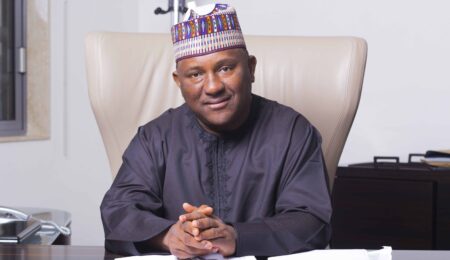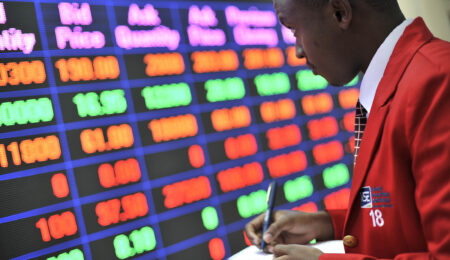Botswana will begin to earn more from its diamond wealth. After nearly five years of demand for diamond share increase, Botswana finally gets a 5% uptick on its previous 25% share in Debswana in the near term. This brings its current share in Africa’s largest diamond producer to 30% and a tentative agreement to increase this figure to 50% by 2033.
According to an official statement, both parties have reached an agreement in principle on a new 10-year sales Agreement for Debswana’s rough diamond production through to 2033 and a 25-year extension of the Debswana mining licences through to 2054. “The transformational new agreement between the Botswana Government and De Beers reflects the aspirations of the people of Botswana, propels both Botswana and De Beers forward, and underpins the future of their Debswana joint venture through long-term investment,” reads an official statement.
The country had a breakthrough agreement following increased demands from Western buyers for natural diamonds (given the rise of synthetic diamonds) that are not from Russia, the world’s biggest producer. With the latest increase, Botswana and local diamond traders would have increased access to trade diamonds directly to customers, reducing the amount De Beers once sold. Last year, the Southern African country traded diamonds worth $1.2 billion, up from $963 million in 2021.
For decades, De Beers and Alrosa PJSC, its Russian competitor, have controlled the global diamond supply, occasionally withholding supplies when demand or prices falter. This latest deal would come down to an increase in the way the forces of demand and supply control diamond prices on the global market, reducing the near monopoly of giant diamond exporters like De Beers and Alrosa PJSC.
The deal remains a win-win for both parties, giving Botswana an increase in direct trade in diamonds while De Beers retains its global leadership in diamond export. “Our transformative agreement reflects the aspirations of the country, secures the future of our Debswana joint venture, and reaffirms De Beers’ leadership position for the long-term,” reads a comment by Al Cook, CEO of De Beers Group.
Debswana is a joint venture between the Southern African nation and top global diamond producer De Beers. De Beers, a subsidiary of London-based Anglo America, began diamond extraction in the country in 1971 after it discovered the precious stone in commercial deposits in 1967.
Under the previous contract, Debswana sold 75% (three-quarters) of its rough diamond output to De Beers, while the remaining 25% goes to the state-owned Okavango Diamond Company (ODC) through which the government sells rough diamonds independently to the open market.
But a few months ago, the Botswana government was in the news as it mounted pressure on De Beers for an increase in its stakes in Debswana as the deadline for a renewed concession drew closer. The demand had been on since 2018, coming at a time when De Beer was to renew its over 5 decade-old mining concession in the world’s second-largest diamond producer as the government threatened to end the relationship.
Last year, production in Debswana increased by 11% to 5.8 million carats, primarily driven by strong plant performance, particularly at the world’s richest diamond mine, the Jwaneng mine. Sales of rough diamonds by Debswana jumped 54% in the first six months of 2022. By the end of 2022, diamond sales from the joint venture stood at $4.588 billion compared to $3.466 billion in 2021.





